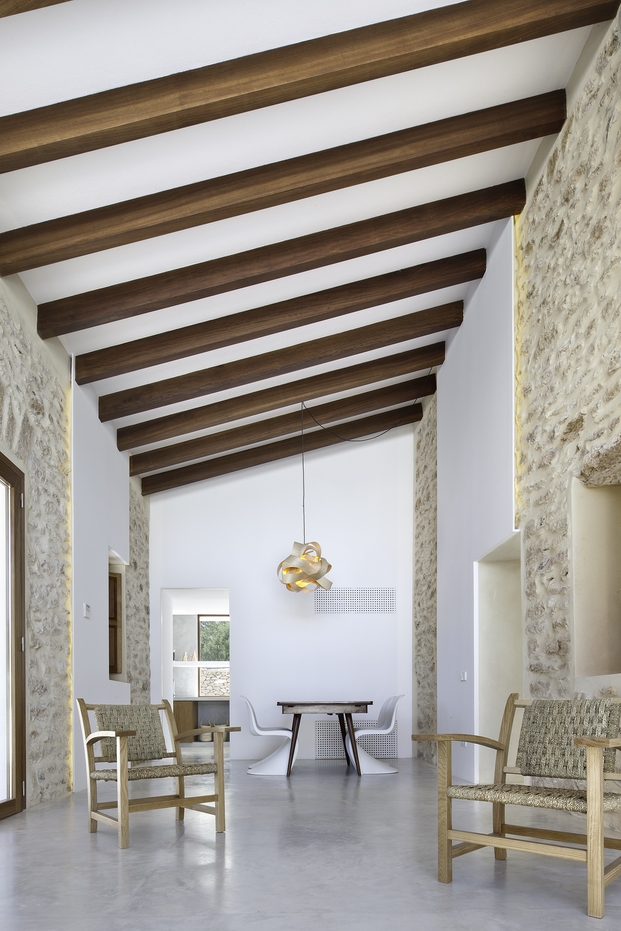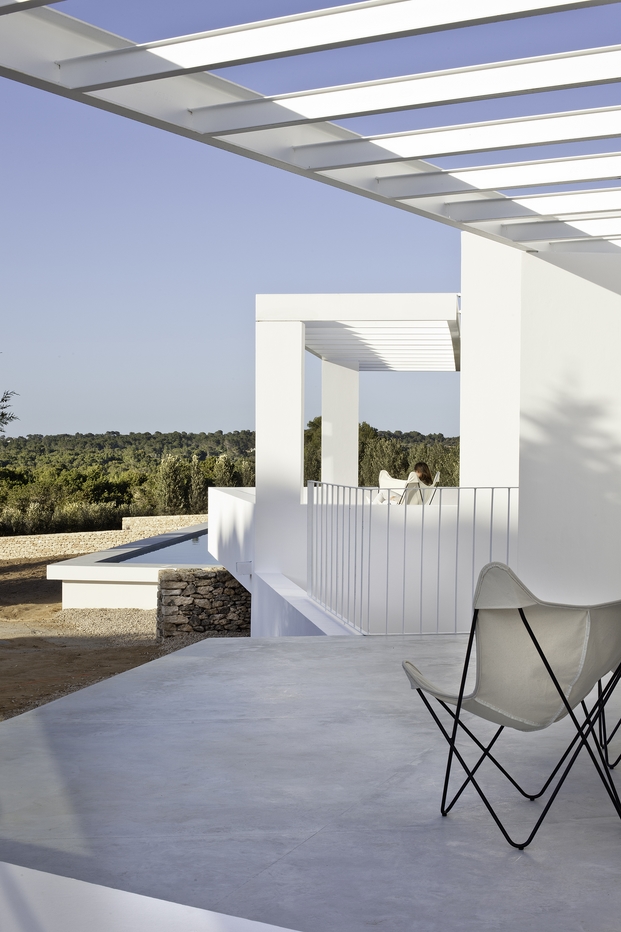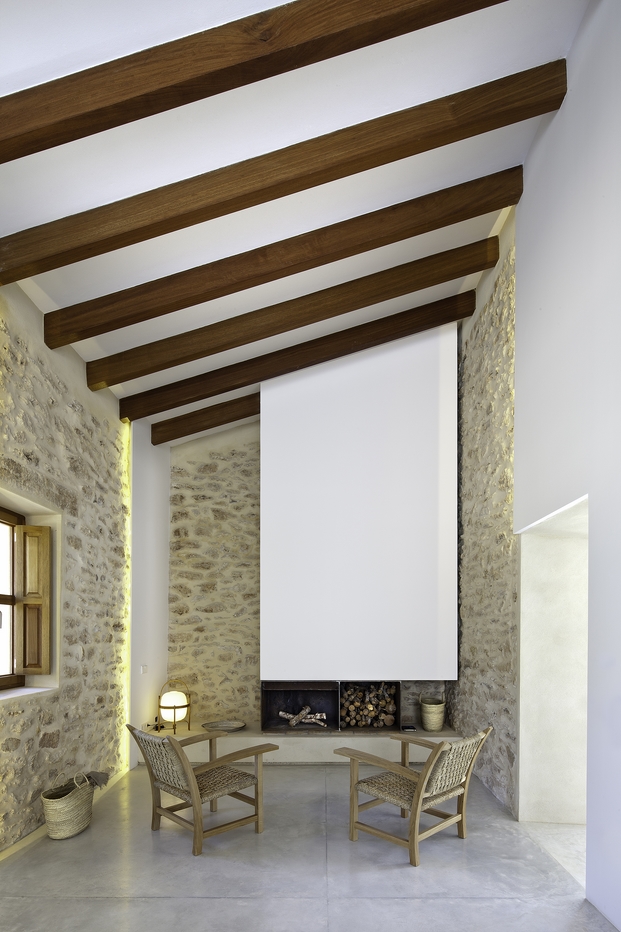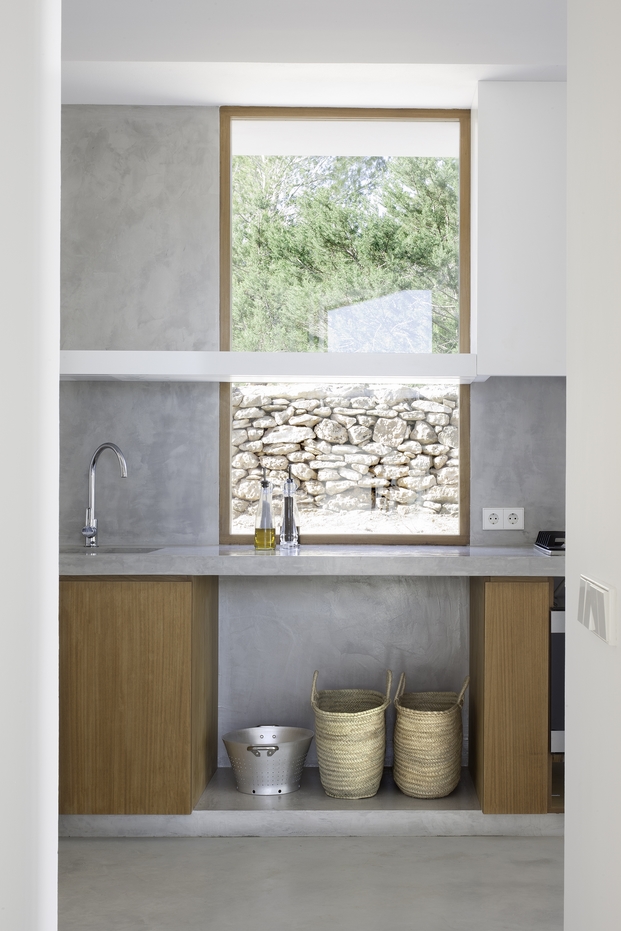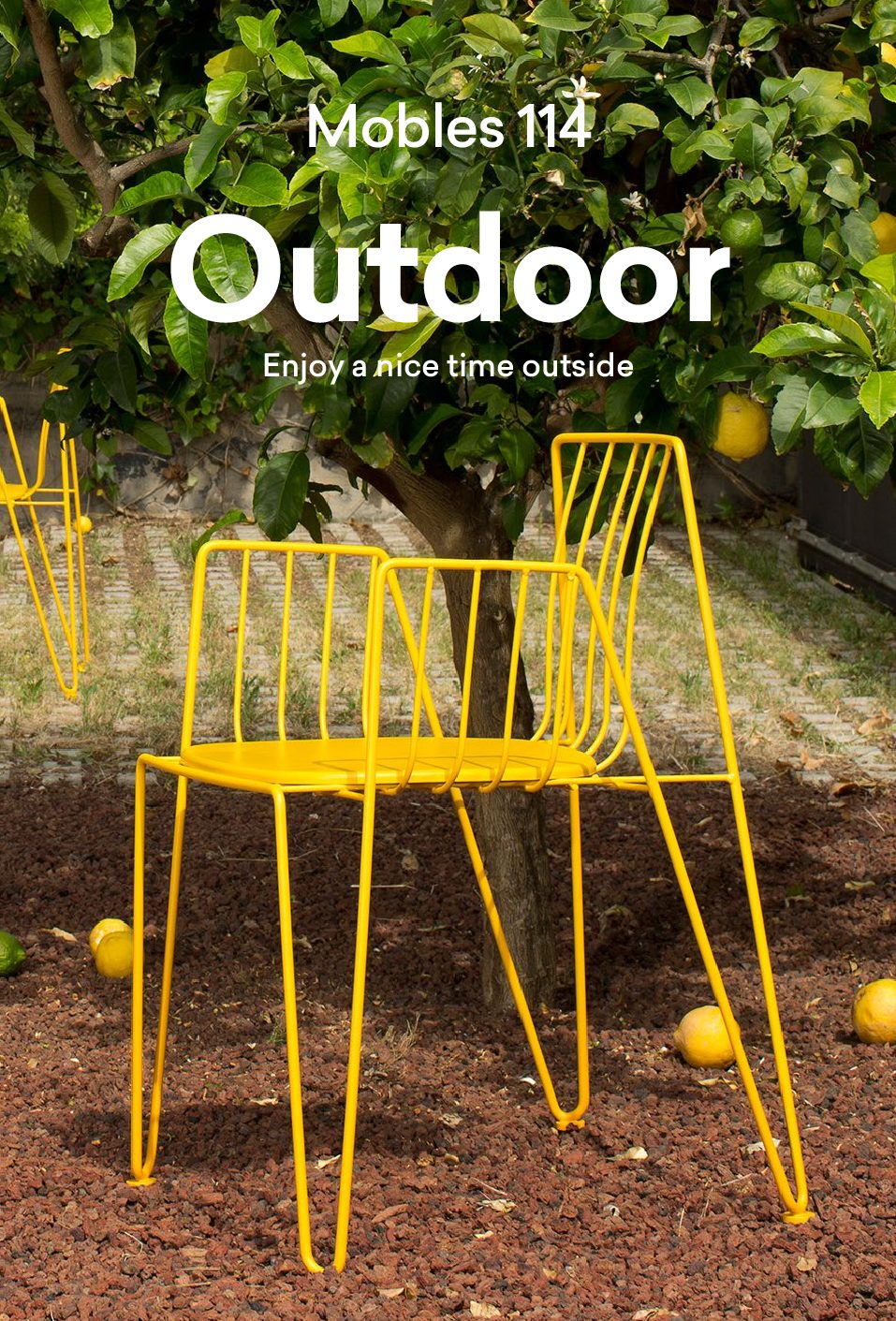(… coming from the first part)
Knowing the „why“ and „how“ questions are essential in any creative process, what motivates you more when tackling your work?
I try not to have preconceived ideas and I am among the designers who are distracted by the process. I change a lot my opinion and sometimes target. Maybe it’s a defect, I do not know. In any case, I like to keep some creative uncertainty.
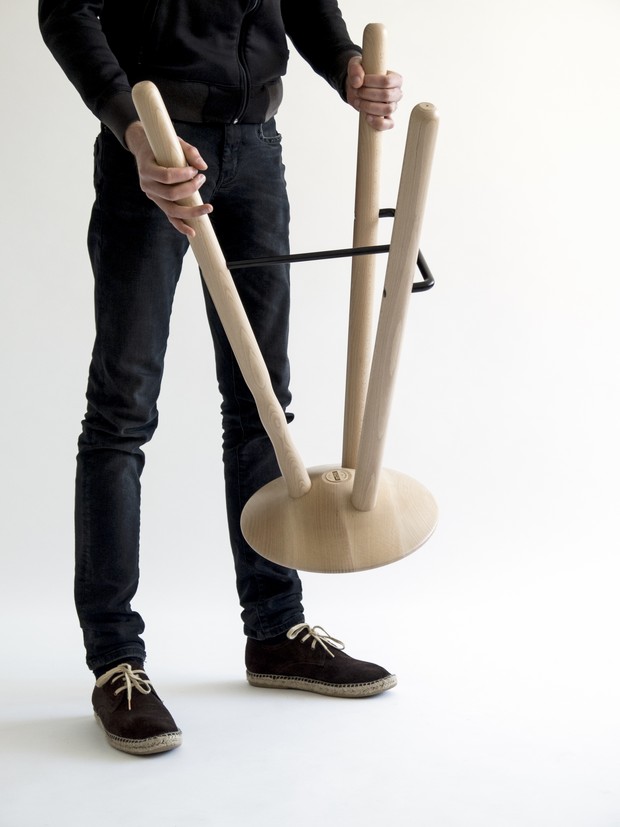
It seems that we live in a new paradigm dominated by social changes, a revision of values and technological advances. In this changing and sometimes confusing scenario, what do you think the role of the designer should be?
I’m not dogmatic, I think there are many valid points. Right now I am very interested in working with local resources and claim a physical and technological diversity which obviously comes as new without losing the traditional. I don’t like the idea of a standardized world where products are designed and produced by machines and are made of materials that we don’t recognize.
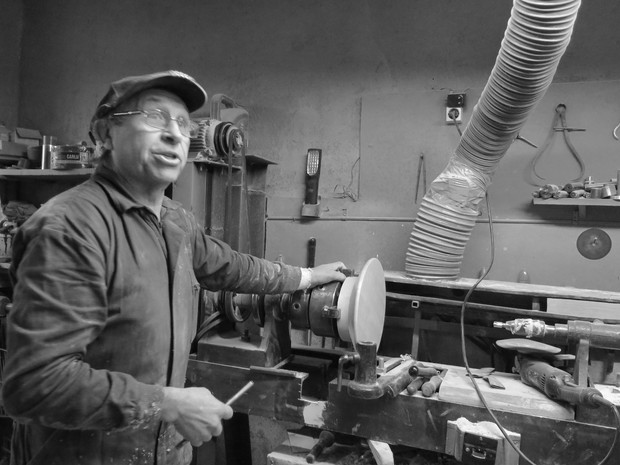
On occasion you said that design is a tool to make things better, not whimsical or bizarre. If design is an adaptation strategy, what is it about? And is the beautification part of that strategy?
The focus of design needs not be the design. Design is only the strategy it is just the tool. The adjective „designer“ puts us in a situation where we forget the essential and get distracted by the superfluous. Of course beauty counts, but it is a beauty that includes ethical aspects, that somehow represents our desire to be better.
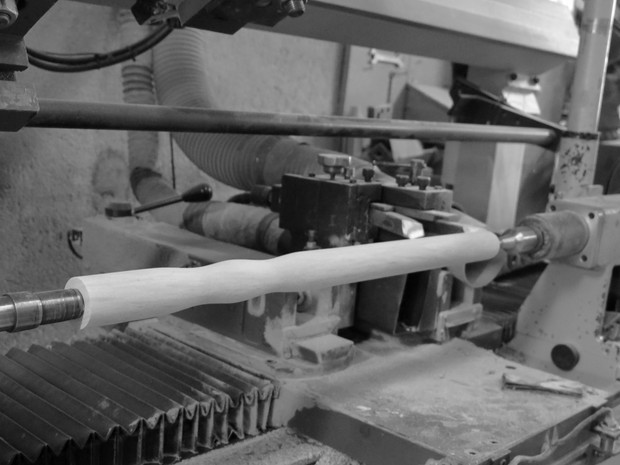
„Having it all without hardly having anything“, could you develop this statement of yours?
I don’t know what pushes us to keep more than the necessary. Having many things sometimes limits us. The free people really don’t have a dependency property. I know it’s a contradiction to be designer. But then, if we depend on something that’s worth something.
What is the space that you mostly like about a home? And with what object you can not imagine a typical day?
My favorite space has to do with light and changes throughout the day. When I shower in the morning direct sunlight comes in the bathroom and it’s great. When I eat at noon the sun comes in again and I think that light feeds me more than food. It is something fantastic about Barcelona. I think the second question refers to a special object that has an everyday but exceptional use. I designed some for an exhibition, „Artjects“ which can be viewed on my website, and we saw also at the blog.
